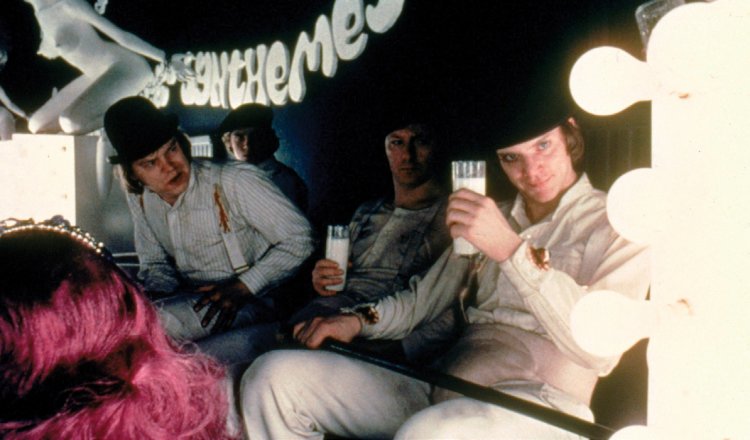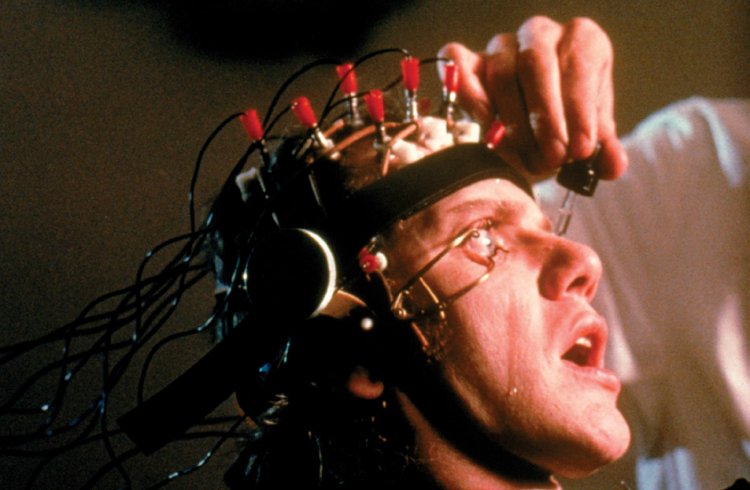50 Years since A Clockwork Orange film
A clockwork orange is now 50 years old in 2021, and we celebrate by reviewing the ins and outs of this cinematic classic from the genius Stanley Kubrick.

Talking about A Clockwork Orange is not only referring to a film classic, but also to literature. It is about recalling - half a century later - one of the masterpieces of one of the most influential directors of the 20th century: Stanley Kubrick. The New York filmmaker adapted the homonymous novel that Anthony Burgess published in 1962, and it shocked critics. To write his book, Burgess was inspired by the social events that preoccupied the British in the 1960s: violence, gang activity, synthetic drugs and young people taking control of the streets to the rhythm of rock. He mixed it with a series of reflections on free will and behavioral therapies. As a result, he obtained a magnificent work that Kubrick transferred to the big screen in a masterful way. On December 19, 1971, the story of Alexander DeLarge (played by Malcolm McDowell), a young sociopath who enjoys music as much as spending time with his "droogs", was premiered in New York while they beat, destroy, rape and they murder (pure horror show).
Through the voice of the protagonist, viewers follow Alex's actions and his inevitable fall after the murder of a The New York filmmaker adapted the novel of the same name that Anthony Burgess published in 1962, and shocked critics. woman. He goes to prison and agrees to participate in an experimental method (the Ludovico technique) that forces him to modify his behavior and eventually brings him to the brink of death. The film questions the role of morality, but it is also a harsh criticism of the state, corruption and judicial systems. At the time of its release, the film earned an “X” rating for its explicit content; however, Kubrick agreed to cut 30 seconds and had a revival in 1973, but now with an "R" rating.
When the film arrived in England in 1972, it was the subject of controversy because some people committed crimes by imitating the characters in the film. For this reason, Kubrick pressured Warner Bros. to cancel its UK show. As a result of this fact, a myth was created that the filmmaker was so upset that he had banned the exhibition of his film on British soil while he was alive. However, his widow, Christiane Kubrick, denied this, assuring that one of the main reasons was that they received several death threats. Finally, the feature film was screened in England until 2000, a year after Kubrick's death.

AN AESTHETIC STATEMENT
The aesthetic proposal of A Clockwork Orange transcends its time. In addition to being set in a dystopian future for the 70s, its visual and sound characteristics continue to cause astonishment half a century later. The costumes were inspired by the urban subcultures of the time. While the musical mix includes classical pieces among which the overture by Guillermo Tell by Rossini and the Ninth Symphony by Ludwig van Beethoven stand out. However, it is in the spaces where Kubrick put a great narrative weight. The exterior locations he selected were chosen from various architecture magazines of the time. Among the places chosen, the Southwest pedestrian crossing (York Road Roundabout), Southmere Lake and the Wandsworth Jail in London stand out. The exteriors of the film reflect a society oriented towards strict functionalism. In contrast, the interiors combine a refined style of designer and conventional furniture, with sexually explicit scenery and props (such as the mannequins in the Korova bar). Its color palette ranges from white to bright tones, pastels and even neon tones. Unlike the exterior sobriety, the interiors show a more intimate side of the characters, expose their passions and eccentricities, as an analogy of the same plot of the film and of human behavior.

















